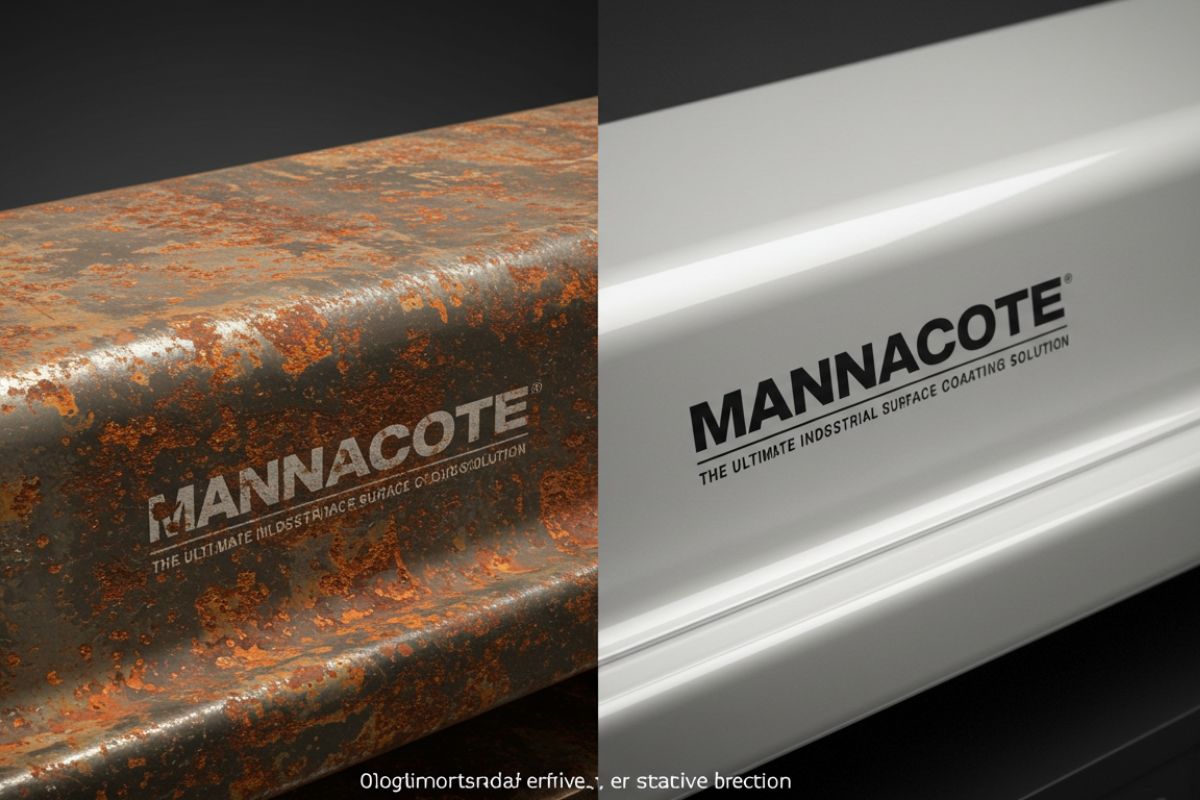Mannacote is an advanced surface coating system designed to enhance durability, resist environmental damage, and extend the life of industrial equipment and infrastructure. Engineered with high-performance polymers and additives, Mannacote has become a preferred solution across various sectors including manufacturing, oil and gas, marine, and infrastructure development.
This article will explore the formulation, application, benefits, and industry uses of Mannacote, presenting a comprehensive overview for professionals seeking a long-lasting and reliable coating system.
What Is Mannacote?
Mannacote is a proprietary name for a specialized industrial coating system. It typically consists of a two-component epoxy or polyurethane base, known for its strong adhesion properties, excellent resistance to chemicals, and superior mechanical strength. Some versions of Mannacote include anti-corrosive agents, UV stabilizers, and abrasion-resistant compounds to further enhance surface protection.
Unlike traditional paints or single-layer coatings, Mannacote creates a chemical bond with the substrate, forming a seamless protective barrier. This results in superior performance in harsh conditions, such as offshore rigs, wastewater treatment plants, and chemical factories.
Key Features and Properties
1. Corrosion Resistance
One of the standout features of Mannacote is its ability to resist corrosion, even in environments with high humidity, salinity, or exposure to chemicals. Its unique formula prevents rust from forming on metallic surfaces, making it especially valuable in marine and coastal installations.
2. Chemical Resistance
Mannacote withstands exposure to acids, alkalis, oils, and solvents, ensuring long-term protection for storage tanks, pipelines, and industrial machinery. This chemical resilience reduces maintenance costs and minimizes downtime.
3. High Adhesion
The coating forms a strong bond with a variety of substrates including steel, concrete, aluminum, and fiberglass. This high adhesion is crucial for preventing peeling, blistering, or flaking under mechanical stress or thermal cycling.
4. Thermal Stability
Mannacote coatings can tolerate extreme temperatures, often ranging from -20°C to 150°C, depending on the formulation. This makes them suitable for industrial furnaces, power plants, and heavy equipment operating under high thermal loads.
5. UV and Weather Resistance
Formulations with UV stabilizers protect against photodegradation, which is vital for outdoor applications. Mannacote remains intact and vibrant despite prolonged exposure to sunlight and changing weather conditions.
Application Process
1. Surface Preparation
Proper surface preparation is essential for optimal performance. Surfaces are typically cleaned of dirt, grease, and old coatings using abrasive blasting or power tools. This ensures maximum adhesion of the Mannacote system.
2. Primer Application
A primer is often applied to enhance bonding and fill micro-imperfections. Primers are chosen based on the substrate and environmental conditions.
3. Basecoat and Topcoat
The Mannacote basecoat is then applied, usually by brush, roller, or spray. Once the base layer has cured, a topcoat is added to increase thickness, improve UV resistance, and ensure aesthetic consistency.
4. Curing Time
Curing time varies based on temperature and humidity, but full curing typically takes 24–72 hours. During this time, the coating undergoes a chemical reaction to achieve maximum hardness and performance.
Advantages Over Conventional Coatings
Mannacote offers several advantages when compared to traditional paints and surface coatings:
-
Longer Lifespan: Reduces the need for frequent recoating.
-
Reduced Maintenance: Minimizes costs associated with repairs and reapplication.
-
Versatile Application: Compatible with multiple substrates and environments.
-
Environmental Compliance: Many formulations meet VOC (volatile organic compound) regulations and are safer for both users and the environment.
Industrial Applications
1. Oil and Gas Industry
Mannacote is widely used on offshore platforms, pipelines, and storage tanks where exposure to saltwater and corrosive agents is a constant threat. Its anti-corrosive properties help extend the service life of equipment and ensure operational safety.
2. Marine Environments
Ships, docks, and harbor infrastructure benefit from Mannacote’s marine-grade formulations, which protect against salt spray, barnacle adhesion, and algae growth.
3. Chemical Processing Plants
The coating resists aggressive chemicals and solvents, making it ideal for tank linings, reactor vessels, and processing lines. Its chemical resistance ensures safety and containment in case of leaks or spills.
4. Water and Wastewater Treatment
Tanks, pipes, and treatment equipment coated with Mannacote resist microbial attack and moisture-induced degradation. This is especially useful in wastewater environments where bacteria and chemical byproducts accelerate material wear.
5. Infrastructure and Construction
Bridges, tunnels, and steel structures benefit from Mannacote’s durability and weatherproofing capabilities. It ensures structural integrity even in extreme conditions.
Environmental and Safety Considerations
Many modern formulations of Mannacote are low in VOCs and free from heavy metals. This not only ensures compliance with environmental standards but also improves the safety of application, especially in enclosed or poorly ventilated areas.
Moreover, Mannacote’s extended service life reduces the environmental footprint associated with recoating and material disposal, aligning with sustainability goals in construction and manufacturing.
Maintenance and Inspection
Although Mannacote is known for its durability, regular inspection is recommended in high-stress environments. Visual inspections, thickness measurements, and adhesion testing help ensure that the coating continues to perform as intended. Damaged areas can often be repaired without removing the entire system, which is another benefit over conventional coatings.
Custom Formulations and Innovations
Manufacturers now offer customized Mannacote systems tailored to specific industries. These innovations include:
-
Antimicrobial coatings for food processing and healthcare applications.
-
Fire-retardant variants for use in high-risk environments.
-
Self-healing formulations that automatically seal minor abrasions and micro-cracks.
As research progresses, expect even more specialized versions of Mannacote to emerge, expanding its range of uses across new markets.
Cost Considerations
While Mannacote may have a higher upfront cost compared to standard coatings, the long-term savings in maintenance, downtime, and equipment replacement make it a cost-effective solution. For large-scale industrial operations, the return on investment is substantial.
Conclusion
Mannacote represents a cutting-edge solution in industrial coating technology. With its unmatched resistance to corrosion, chemicals, and environmental damage, it offers long-term protection for critical infrastructure and machinery. Its versatility across various industries, combined with environmentally responsible formulations, makes it a smart choice for businesses looking to improve asset longevity and reduce lifecycle costs.
